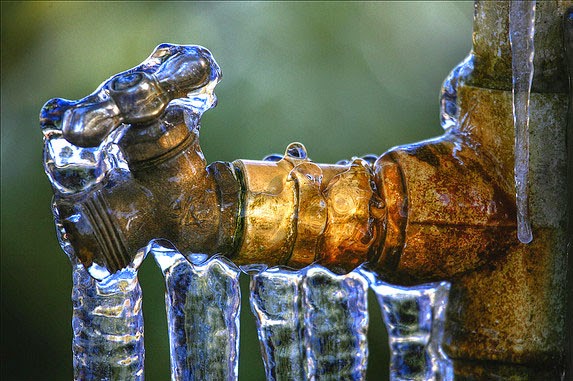7 steps to get your hose bibs ready for warmer weather
First off a hose bib or some call it a spigot is a faucet that’s located on the outside of your house where you connect your garden hose. Getting your hose bib ready for climate change is important because when you hear people say shut…

First off a hose bib or some call it a spigot is a faucet that’s located on the outside of your house where you connect your garden hose. Getting your hose bib ready for climate change is important because when you hear people say shut off your hose bibs for the winter it’s because any unprotected water pipes such as in external walls and crawl spaces that are unprotected and lead to a hose bib is susceptible to freezing in colder climates. You’re wondering so what if it freezes!? When water freezes it expands and can exert a lot of pressure up to 2000 lbs into a pipe and when this pressure has nowhere to go this leads to pipe bursting and costly repairs.
Avoid costly damages
Costly repairs can be difficult to deal with depending on how much damage it causes and where the damage is. If your plumber has to investigate to find the burst pipe and it so happens to be behind drywall that needs to be broken you can only imagine how time consuming this can get. This is why winterizing your hose bibs and turning off your exterior water supply is important. If you haven’t done so and you notice cracks or leaks in your hose bib, don’t take any chances, call your plumber.
It’s equally important to get your hose bibs ready once winter has ended and Spring has sprung. If you did winterize your hose bibs by shutting off the water supply then better get it ready for warmer weather.
Follow these steps to get your hose bibs ready for warmer climate
- Some homes have frost proof hose bibs. Frost proof hose bibs do not need to be turned on or off in the fall/spring.
- Tighten the wheel/valve on the hose bibs. You may have left them open during the winter, but close them for a moment because you are about to turn on the water and this can cause a flood!
- Next, locate your water shutoff valve. It is located usually in the basement, crawl space or utility room. The valve will be connected to a pipe that leads to the outside where your hose bib is connected to the house.
- Open the valve to allow water to flow to the hose bib. Most houses have at least two hose bibs, one in front and one in back. Each hose bib will have its own shutoff valve, so make sure to open the valve for each of them.
- After opening the valves, tighten the bleeder valves. You may have loosened them over the winter to allow water to drain, but they should be tightened in the spring to prevent leaks.
- Turn on the hose bib and make sure they work properly before connecting the garden hose.
- Turn off the hose bib, and then connect the garden hose.
If you have any questions about prepping your hose bib for the season or notice something unusual about your pipes give A1 Choice Plumbing & Drain a call . We’re here to help you with any plumbing concerns and avoid any unnecessary mishaps.


Sorry, the comment form is closed at this time.